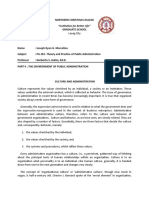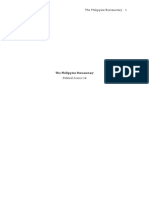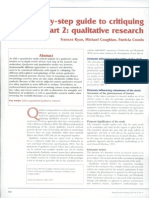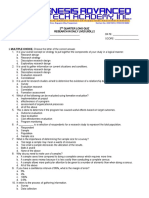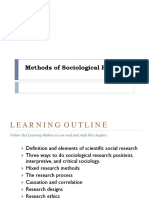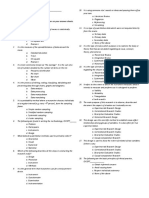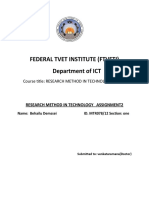100% found this document useful (1 vote)
3K views44 pagesStatistics for Public Administration
The document discusses the importance of statistics for public administrators in properly presenting information, drawing conclusions from samples, and improving processes. It covers topics such as descriptive versus inferential statistics, data collection and sources, sampling methods like simple random and stratified sampling, and the role of statistics in describing data and making inferences about populations. The goal is to provide an introduction to key statistical concepts for use in public administration.
Uploaded by
Ela GarciaCopyright
© © All Rights Reserved
We take content rights seriously. If you suspect this is your content, claim it here.
Available Formats
Download as PPT, PDF, TXT or read online on Scribd
100% found this document useful (1 vote)
3K views44 pagesStatistics for Public Administration
The document discusses the importance of statistics for public administrators in properly presenting information, drawing conclusions from samples, and improving processes. It covers topics such as descriptive versus inferential statistics, data collection and sources, sampling methods like simple random and stratified sampling, and the role of statistics in describing data and making inferences about populations. The goal is to provide an introduction to key statistical concepts for use in public administration.
Uploaded by
Ela GarciaCopyright
© © All Rights Reserved
We take content rights seriously. If you suspect this is your content, claim it here.
Available Formats
Download as PPT, PDF, TXT or read online on Scribd
/ 44

































